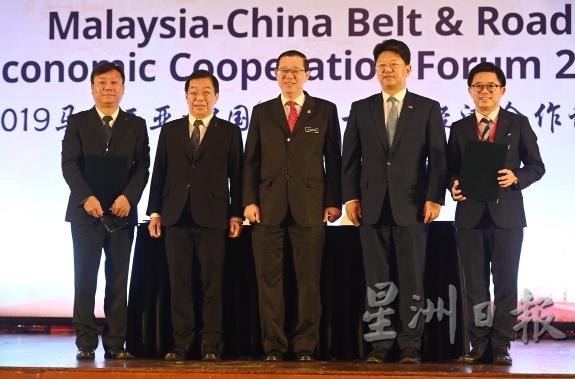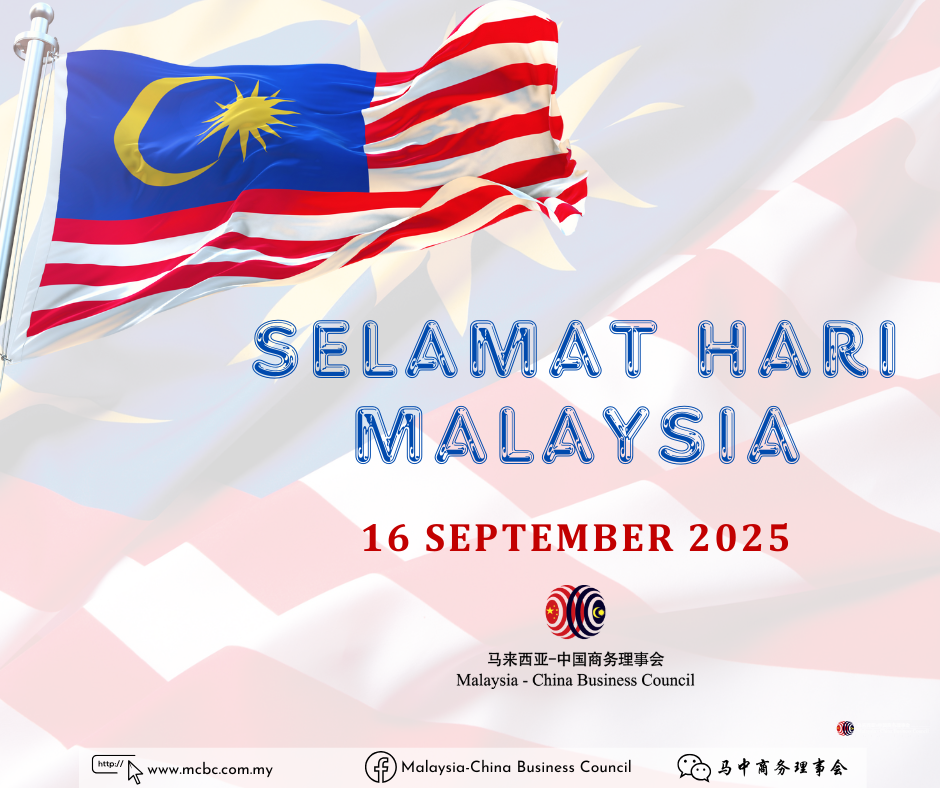
KUALA LUMPUR: The proposed issuance of Panda bonds that are meant to assist Malaysia in its financial woes are still not attractive enough, price-wise.
Finance Minister Lim Guan Eng said the pricing was still not attractive enough for Malaysia at the moment.
“We will look at the interest rates. We are still having negotiations and discussions if the pricing can be attractive enough for Malaysia, ” he told reporters on the sidelines of the Malaysia-China Belt and Road Economic Cooperation Forum 2019.
The discussion on the Panda bond issuance could be among the things on the table in his upcoming investment mission to Shenzhen, China.
Lim, who was in Beijing last month for his maiden working visit to China, had said that several Chinese banks had expressed interest in issuing Panda bonds.
The Shenzhen trip will also see the fleshing out of Malaysia’s “special channel” that the government plans to set up to facilitate further investments from China.
This channel will be for selected investors to resolve any problems that they may encounter in parking their investments in Malaysia.
Lim said the focus is on Shenzhen because the trade tension between the United States and China is basically between the US and Shenzhen, where most of the manufacturing and high-tech industries and the export market are.
“We are able to offer the safe haven that China is looking for. Many of them are not very familiar with what Malaysia has to offer, which is a compatible mix.
“Both structurally and in terms of expertise, we are able to offer a manufacturing mix that is compatible with many Chinese industries.
“We want to promote Malaysia and let them be aware that we are much better, not only in terms of manufacturing mix but also costs, compared to other countries, ” he said.
In his speech earlier, Lim said there was a lot of room for China to grow in terms of foreign direct investment (FDI) in Malaysia with its standing as Malaysia’s single largest trading partner.
The approved manufacturing FDI for the first quarter of the year was RM20.2bil, of which RM4.4bil came from China. A huge chunk of RM11.1bil was from the US.
“China should be the largest source of approved manufacturing FDI. If the US can invest RM11.1bil in the first quarter, there is obviously a lot of room for China to grow from the RM4.4bil.
“Malaysia wants to attract high-tech, high-value and high-knowledge industries in facilitating China’s investments into Malaysia, ” he said.
Lim added that Malaysia had easy access to the world’s major markets, be it the US or Europe.
“This is an important point at a time when the global supply chain is being reoriented due to trade flows either in the Pacific, driven by the US, or in the Atlantic, driven by the United Kingdom.
“Amid the significant reorientation, Malaysia is the reliable partner that has continued access to various economies. For China-based exporters affected by the trade war, Malaysia is clearly a base that you need, ” he said.
The forum, which attracts about 500 industry players and entrepreneurs, covered the topics of food exportation to China; the tourism and culture industry; positioning Malaysia as a preferred investment destination; benefitting from e-commerce; risk management and dispute prevention and greater synergy for trade connectivity.
Malaysia-China Business Council chairman Tan Kok Wai said Malaysia would pursue the Belt and Road Initiative along the economic structure and the industrial supply chain based on the blue ocean strategy for mutual cooperation, mutual development and mutual benefit.
(The Star, 9-8-2019)



